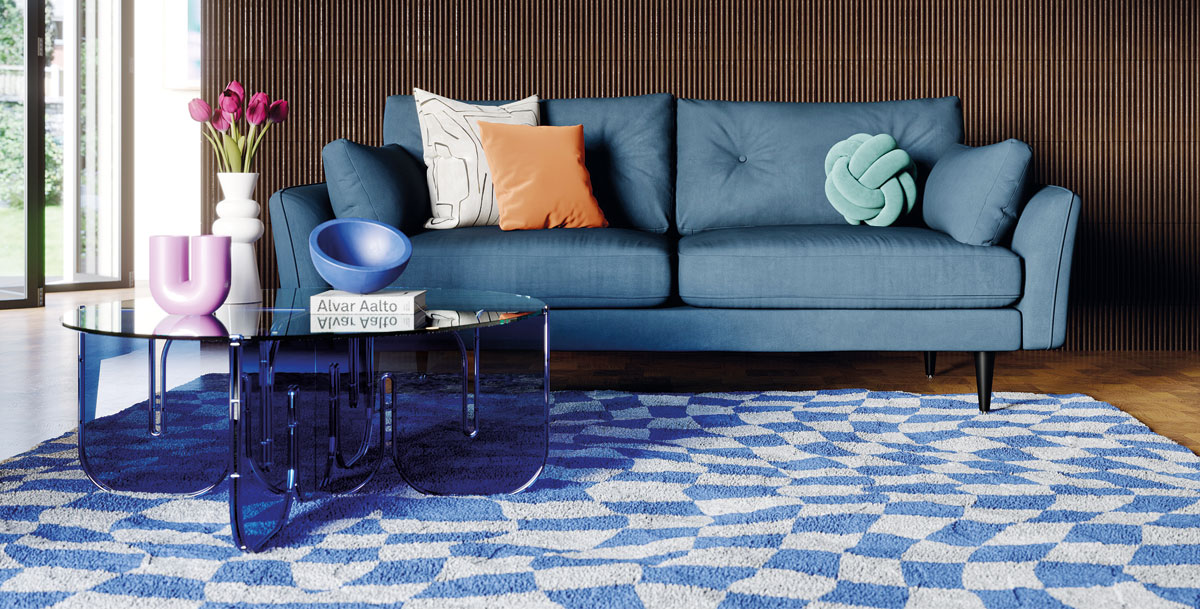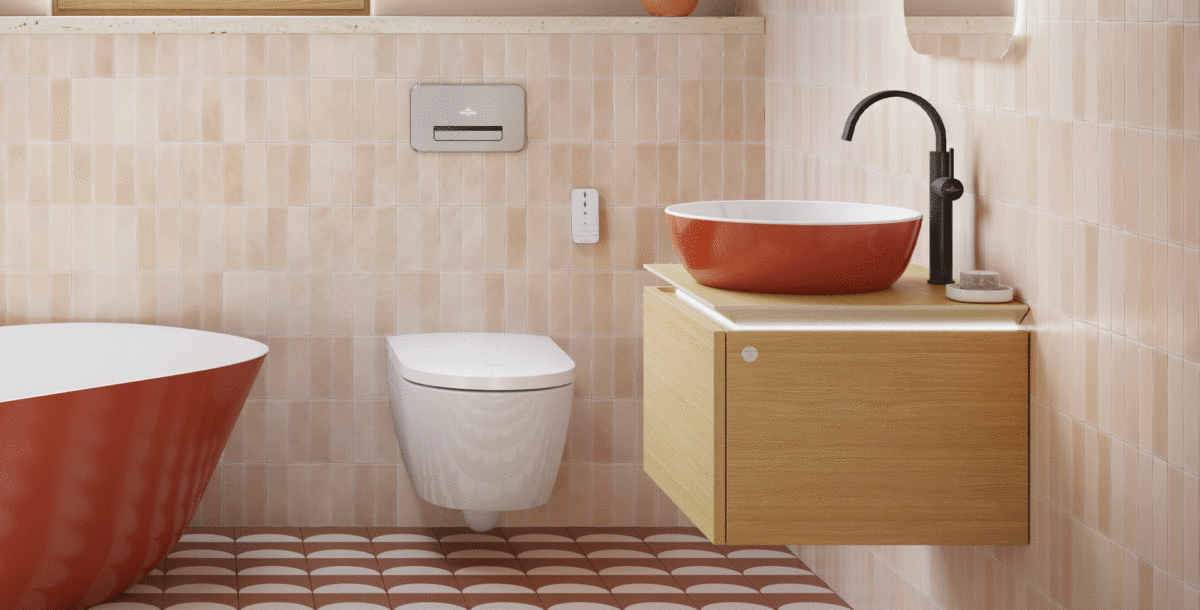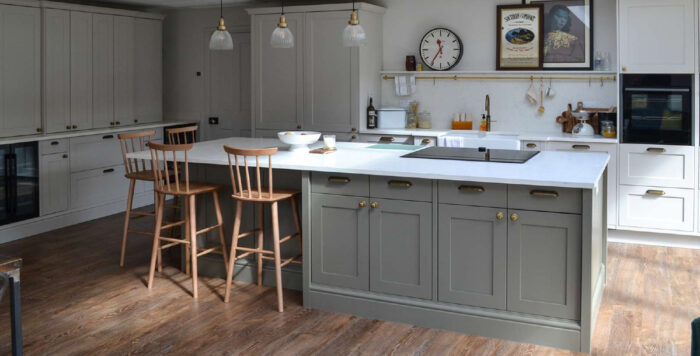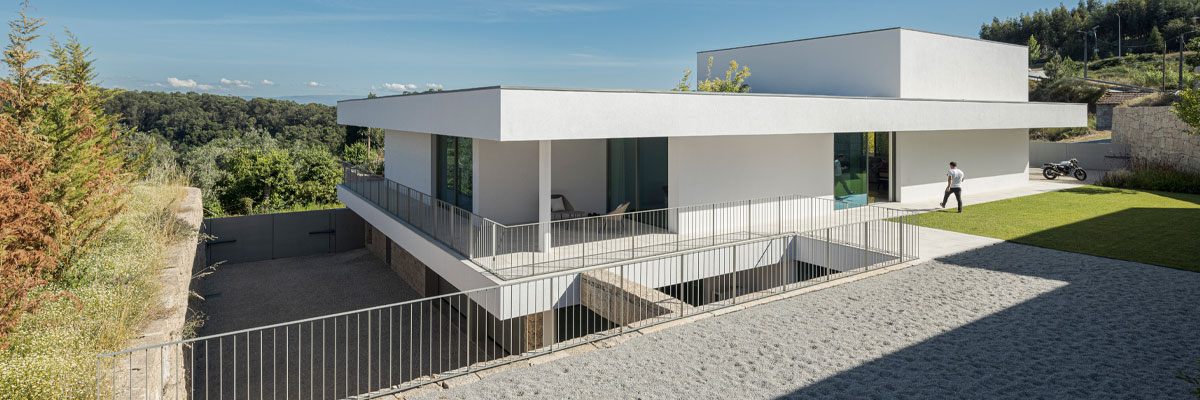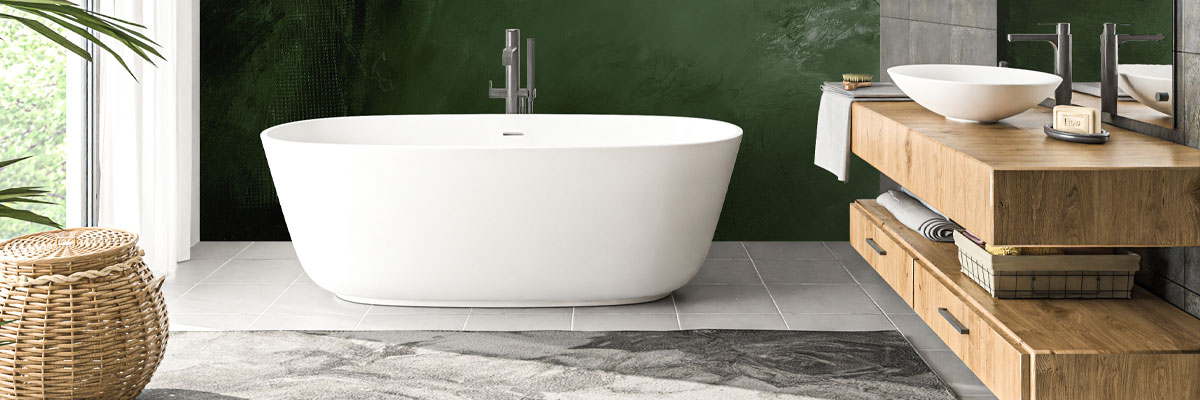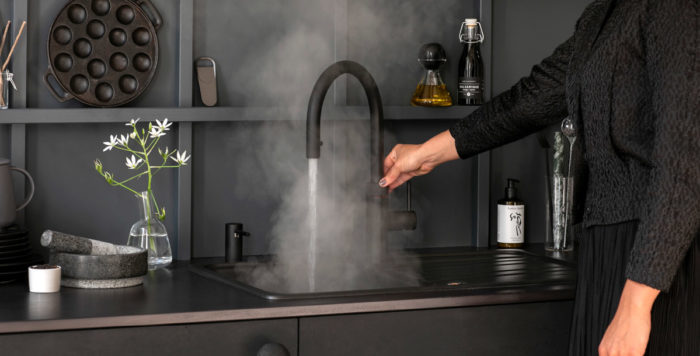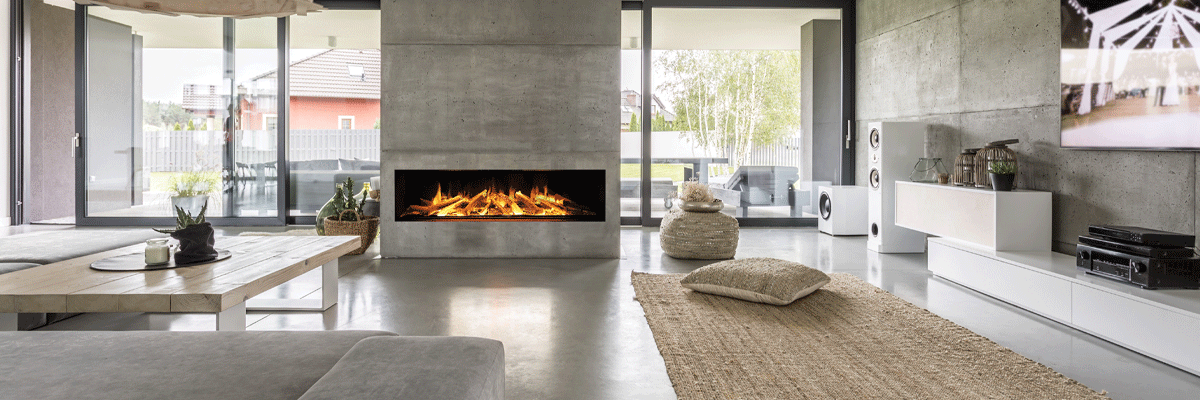Sofas: a buyer’s guide 2024
What to look for when it comes to finding great style, fit and comfort
At the lower end of the price scale, shopping online for a sofa allows you to have a ready-made design on your doorstep within a few days. Major retailers offer a multitude of shapes, fillings, and fabrics to choose from, while high-end stores are where you’ll find more exclusive styles.
If you want a bespoke design, there are smaller specialist companies that offer a tailor-made approach, which can be useful if you need a non-standard size. Buy the best quality you can afford if you want it to look good and be a pleasure to sit on for many years.
*This article contains affiliate links. If you click a link we will earn affiliate revenue.
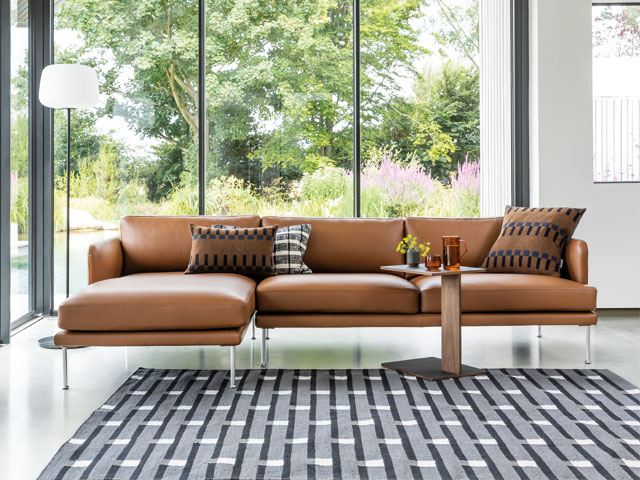
A modular design with cast-aluminium legs. Nordin three-seater sectional sofa by Matthew Hilton in Kalahari Canyon leather, W270xD140x H78cm (including chaise), Case Furniture
Design ideas
Look for a style that suits your room and one you find comfortable to sit on, lie on – or both – depending on how you intend to use it most.
A high scroll arm with a sprung back appears formal and is ideal for sitting in an upright position, whereas a design with low square arms and squashy deep seats looks informal and is more suited to lying on.
A big L-shaped sofa with several seats is great for cosy family evenings in front of the TV, while a pair of smart two-seaters facing each other is likely to work better in a grown-up snug.
Modular sofas where sections fix together can be assembled in L or U configurations, offering the possibility of adapting the furniture exactly as you wish.
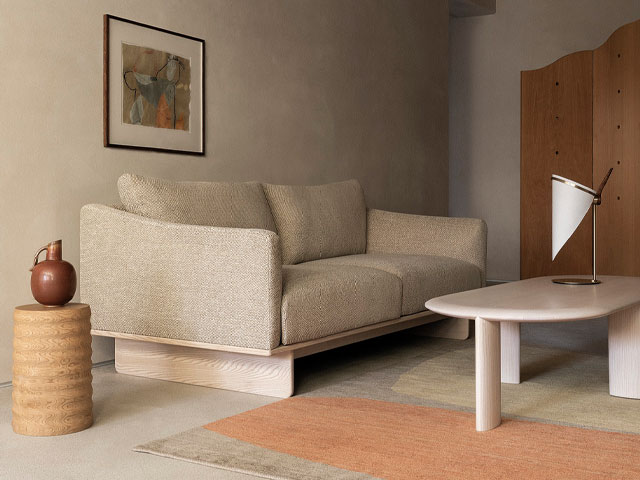
Made in the UK, this design by Swedish architect and designer Jonas Wagell has a foam seat and solid ash frame that comes in a choice of eight finishes. Grade two-seater sofa in Sahco Safire fabric, W180xD90xH76cm, L.Ercolani
Size up your options
Carefully measure the room or space earmarked for the sofa before starting your search. You could even place a sofa-sized paper template on the floor to give you an idea of which dimensions will work best. It’s also vital to ensure the sofa will fit into the room.
Measure the doorways and, if necessary, the staircase, and if access is tricky look at modular sofas or designs where the arms and/or legs can be bolted on after delivery. Sofa-in-a-box companies such Swyft sell designs that come in several packages to assemble at home.
Finally, make sure that the furniture won’t block routes across the room. This is particularly relevant in an open-plan space, so allow at least 60cm of clearance all around it.
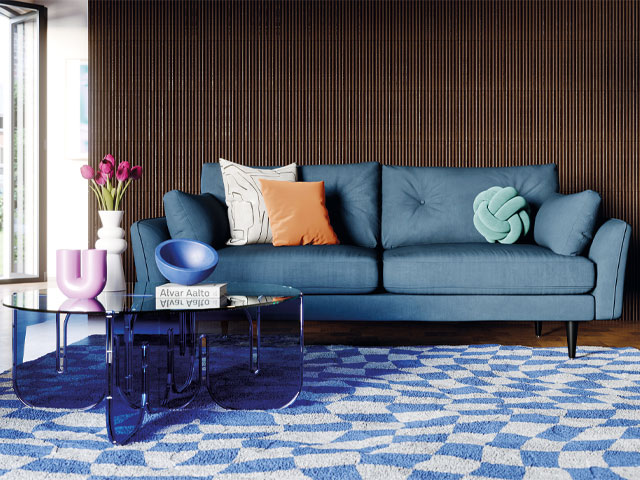
A mid-century style that has a pocketsprung seat base with foam fibre cushions and a hardwood and plywood frame. Rebel three-seater sofa in Blue Steel velvet, W206xD88x H90cm, Snug
For the perfect fit
Try out several sofas in store to find the seat depth, height, and back support that suits. For comfort and good ergonomics when sitting down, make sure your bottom is against the back cushion, your thighs parallel to the floor and your feet flat.
It might be possible to adjust the seat height by changing the legs or adding castors, so ask your supplier if this is a possibility.
For extra flexibility, sofas with recliner seats enable you to stretch out, and some adjust automatically as you shift position while providing support for your neck and head. Though more expensive, bespoke sofas are tailored to suit your shape and style.
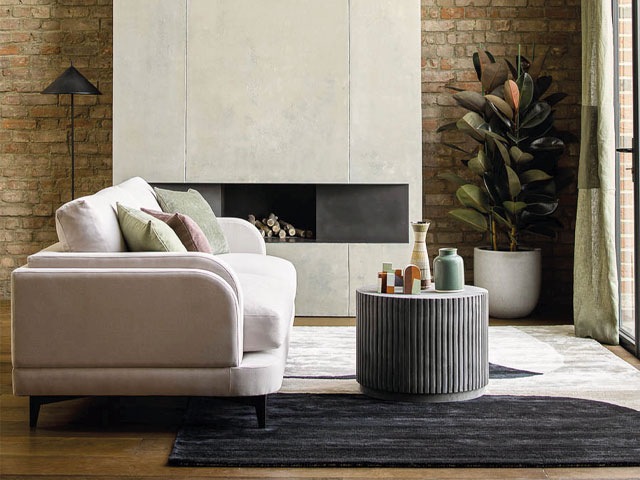
This seat cushion is feather- and fibre-wrapped foam on a beech, plywood and chipboard frame. Boston three-seater rounded sofa in Moon smart cotton, W213xD102xH86cm sofa.com
What’s it made of?
Top-quality sofas have a hardwood frame, of ten beech, held together with dowels, screws and glue. Lower-priced models are made of softwoods – usually pine – and wood-composite materials that are glued and stapled together. They can also be made of metal.
To establish the sofa’s stability, grasp the back and arm then twist, checking that the frame doesn’t move. Higher priced, traditionally made seat cushions include individual coil springs sewn by hand.
But don’t discount serpentine springs, made from steel wire shaped into a continuous S-shape and webbing, since these are used in quality and more affordable sofas. Traditionally made sofas have padding layers of wool, hair, felt and cotton wadding, while synthetic materials, such as polyester wadding, are common in mass-produced models.
Seat and back cushions are either filled with feathers, a manmade fibre or firm foam, which is often wrapped in a layer of feathers or fibre for comfort and support. Feather cushions need regular plumping to keep their shape.
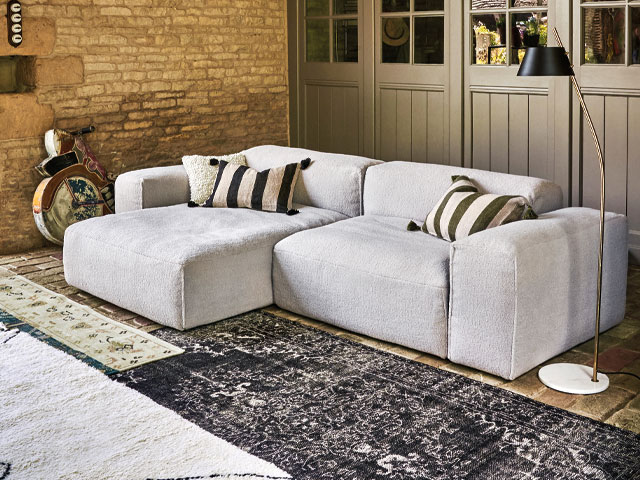
This modular sofa includes seat pads made with polyurethane foam surrounded by feathers and silicone balls. Dax four-seater chaise in light grey bouclé, W294x D109xH70cm, Graham & Green
Cover story
Linen is elegant, though it will crease, cotton is hardwearing and wool is cosy. Manmade fibres are longlasting, and often blended with natural fibres for a practical finish. Upholstery fabric’s durability is measured by the Martindale abrasion test.
Something that can take 25,000 rubs before wearing away is suitable for family use, or look on the label for an A rating, which is for heavy domestic use. If the sofa will be near a window, ask about the fabric’s light fastness. All new upholstery must meet UK fire regulations.
Aniline leather is supple but can mark, whereas semi-aniline will resist stains. Pigmented leather is hardwearing and good for heavy use. Suede and nubuck can be glamorous, but synthetic versions are more hardwearing.
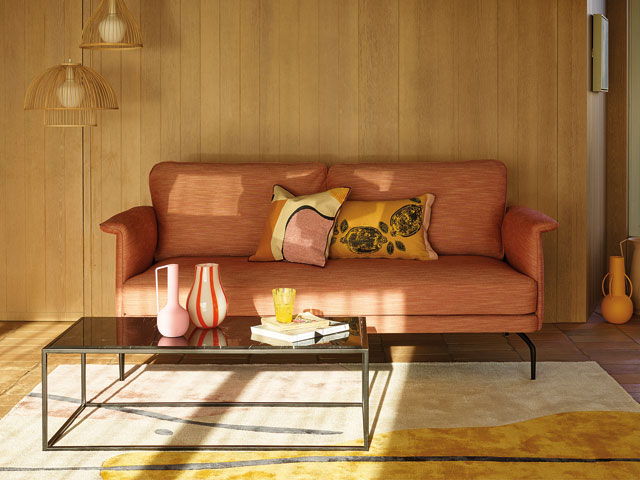
Slim metal legs support this plywood and beech frame topped by webbed seats with foam inner. The back cushions are feather and fibre. Iver three-seater sofa in Sweet Briar smart linen mix, W205xD97xH90cm, Heals
Keep it looking good
Opting for stain-retardant finishes or choosing a design with removable covers is advisable, especially for families or those with pets. Some have tailored covers with zips and touch-and- close fastenings, or for a more relaxed fit select loose covers.
Extra sets can be ordered from the sofa company or a specialist firm such as Cover My Furniture. Send covers to them by post and a new set will be made up.
Firms such as Plumbs visit your home to make templates for new covers. To restore and reupholster, find a specialist at The Association of Master Upholsterers and Soft Furnishers.
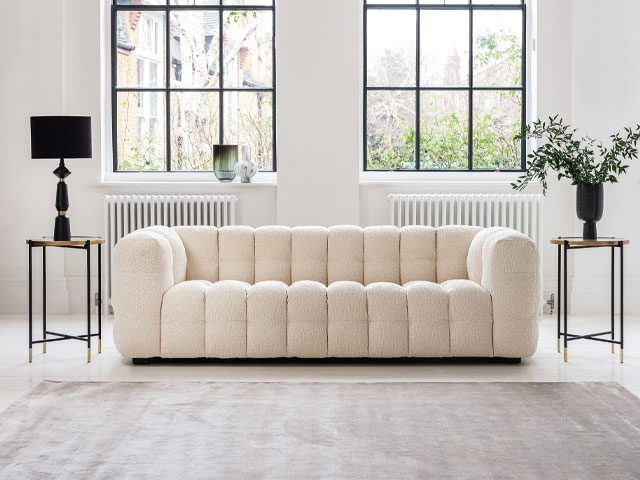
A solid wood frame with sprung seat and foam and loose fibre cushions. Lenor three-seater sofa in Boucle Ivory, W240xD102x H76cm, Barker & Stonehouse
Ordering and delivery
Before you buy, check the guarantee – look for 10-15 years on the frame and springing. Expect an 8-12-week wait for a sofa that’s been made to order. Always check the returns policy, especially if your item is made to order, as bespoke items can’t be easily exchanged.
Finally, if the company is disposing of your old sofa, make sure it will be done in an eco-friendly way.
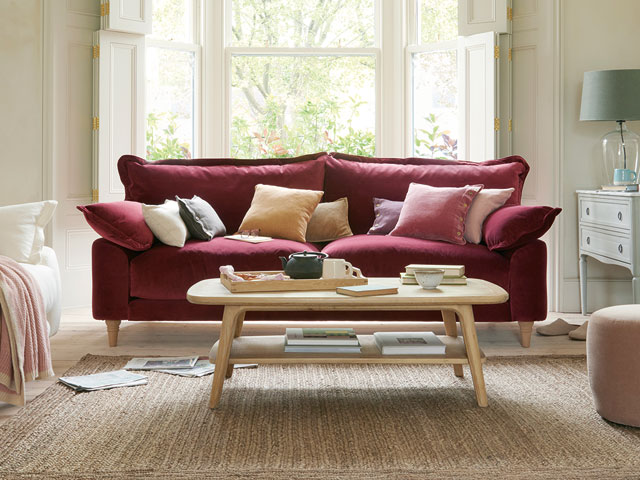
A design with responsibly sourced duck feather back cushions and duck, foam and fibre seat cushions, giving it plenty of squish with less plumping needed. Bakewell four-seater sofa in Drenched Damsons clever velvet, available in four sizes, including this W230xD105xH89cm model, Loaf
MORE BUYER’S GUIDES:

